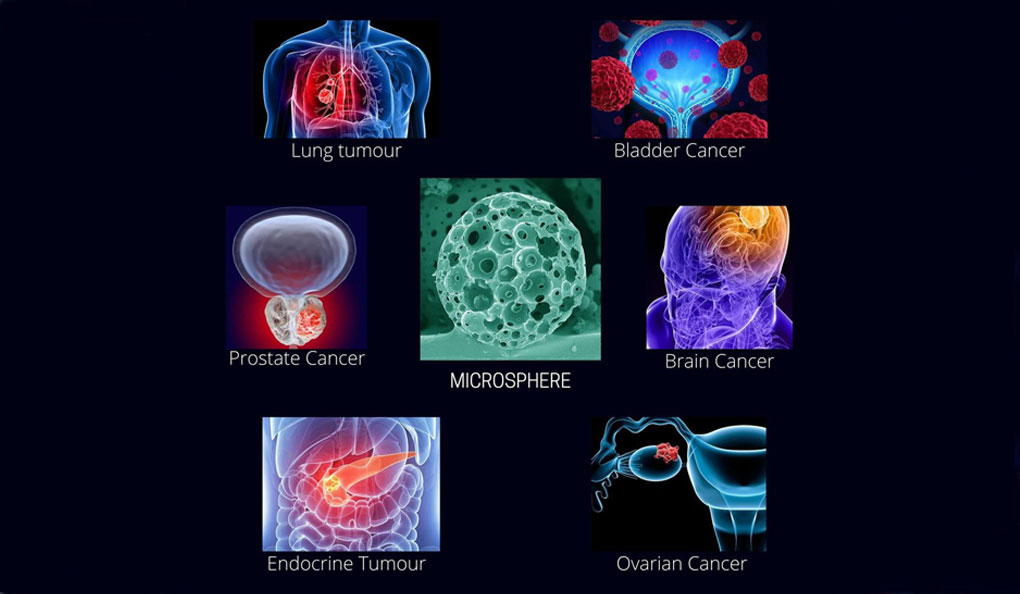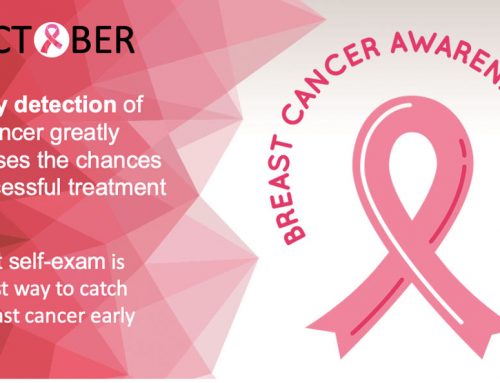Over the last two decades, there has been a significant growth in the global acceptance of the novel drug delivery systems in all therapy segments and cancer is no exception. It offers varied drug delivery options for site specific targeting. Out of this wide array of drug delivery options, microspheres have emerged as one of the most suitable options for delivery of anti-cancer drugs in chemotherapy.
What are microspheres?1Microspheres are free-flowing powders consisting of proteins or synthetic polymers which are biodegradable in nature and usually have a particle size less than 200m. The microspheres comprise of an outer coating and an inner core, useful for entrapment of drugs. A variety of base materials are used for incorporation of drugs depending upon the target organ to be treated. Albumin, polylactic acid, poly ethylene glycol (PEG), poly (lactic-co-glycolic acid) (PLGA), chitosan, guar gum are examples of some base materials incorporating various drugs for chemotherapy. Ideal microspheres generally have a high concentration drug loading capacity, controlled particle size, biocompatibility and controllable biodegradability.
Why are microspheres used?2Microspheres possess several physicochemical advantages over particles of a conventional delivery system. Conventional delivery systems generally lead to distribution of drug throughout the body. In such cases, drugs need to be administered in higher doses and at regular intervals to compensate the loss of drug and to maintain optimum drug concentration at the tumour site-this is where, microspheres make a difference. Microspheres can be modified to have a desired size and shape, which can lead to improved absorption and bioavailability. The large surface area can be used to sufficiently coat the microsphere with a suitable therapeutic coating. The components of a microsphere are useful to regulate the rate of polymer degradation and thus, in turn, regulate the release of the drug from the microspheres. This allows release of drug in a controlled manner leading to longer action. This system is very patient compliant as it reduces instances of adverse effects observed due to high initial burst release of the drug, and tapers the need for frequent dose administration. This system is also able to give commendable results with lesser quantity of drug, making the formulation very potent. Thus, microspheres are an important delivery system to attain controlled delivery.
Applications of microspheres in cancer therapy:3It has been observed that a major disadvantage of systemic anti-cancer drugs is their lack of selectivity for tumour tissues, which cause severe adverse effects. Microspheres have overcome this drawback considerably and provided site-specific targeting, reducing the possibility of these adverse effects. Microspheres have been useful in a variety of cancers, listed below are some good examples of their application in cancer:
- Paclitaxel-loaded PLGA microspheres have been significantly effective in inhibiting lung tumour without any clinical toxicity in the patients.
- Microspheres have also been useful in treating brain tumours. Sustained release of 5-fluorouracil was achieved with the help of polymeric microspheres for local delivery of anti-neoplastic agents in the brain. The regulated degradation of the polymer leads to a long-term delivery of the drug to the tumour site.
- Formulations based on microspheres containing octreotide acetate are responsible for the long acting release of the drug in the treatment of neuroendocrine tumours.
- Microspheres have also been useful in Androgen Deprivation Therapy for prostate cancer where, Leuprolide acetate follows a controlled release mechanism when administered in a microsphere formulation- an FDA approved differentiated proprietary formulation that helps in the treatment of advanced prostate cancer.
- Studies suggest that cisplatin containing microspheres have been found advantageous in treating ovarian cancer.
- Polymeric microspheres are also being used in treating cancers of the bladder and pancreas.
Microspheres are also administered in combination with technologies such as magnetism, radiation and ultrasound in oncology. These innovative methods are under research and aim to enhance the drug delivery capabilities of microspheres.
To conclude, we can say that microsphere technology has evolved over the years and is expected to contribute significantly to improved patient outcomes.
References:
- Amaral G, Bushee J, Cordani UG, et al. No 主観的健康感を中心とした在宅高齢者における 健康関連指標に関する共分散構造分析Title. J Petrol. 2013;369(1):1689-1699. doi:10.1017/CBO9781107415324.004
- Ahmed I. Development of microspheres for biomedical applications : a review. Published online 2015:1-19. doi:10.1007/s40204-014-0033-8
- Ms R, Agrawal P. Microspheres in cancer therapy. Published online 2010. doi:10.4103/0019-509X.73547








Leave A Comment
You must be logged in to post a comment.